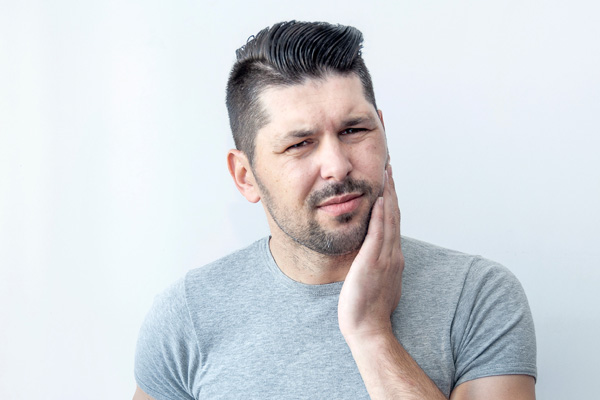 An infected tooth can result in discomfort and pain. This can lead to a general feeling of unwellness. Awareness of the symptoms of dental infection will prompt you to seek proper treatment right away. If you want to know the symptoms of and treatment for your infected tooth, here are the details.
An infected tooth can result in discomfort and pain. This can lead to a general feeling of unwellness. Awareness of the symptoms of dental infection will prompt you to seek proper treatment right away. If you want to know the symptoms of and treatment for your infected tooth, here are the details.
The symptoms of an infected tooth
An abscessed tooth can make anyone miserable. The first sign is often the onset of dental pain. This should be enough to see the dentist. A long delay will only allow the bacteria to do more damage. The infection could spread to the gum tissue and neighboring teeth.
Pain could be sharp or shooting, throbbing, or gnawing. It may either occur during chewing. In some cases, it can be continuous. The pain may also radiate to the ear, jawbone, or neck. Below are other symptoms of an infected tooth:
- Leaking pimple-like sore on the side of the tooth’s gum tissue
- Dental sensitivity to temperatures
- Swelling of the lower or upper jaw
- Bitter taste
- Swelling of the neck glands
- Tooth loosening
- Foul breath
- Swelling and redness of the gums
- Fever
The causes
Dental cracks and chips can provide an opening in the tooth. Bacteria can enter the tooth and invade the pulp. Tooth decay can be severe enough to start introducing bacteria into the tooth. This can happen when bacteria digest the sugars from foods and drinks. They produce acids that eat away the protective enamel.
Trauma to the tooth can damage the dental pulp. This can happen even if there is no fracture or crack. The injury can lead to infection. Periodontal disease can encourage bacteria to attack the deeper tissues, teeth, and jawbone.
The treatment of an infected tooth
The dentist will perform proper diagnostic exams first to determine the severity of the infected tooth. A dental X-ray can detect where the infection has already spread along the jawbone. A CT scan can determine the extent of the infection in the neck area. The dentist can also perform thermal tests. This will check the health of the pulpal tissues. Tapping and pressing the teeth will see if the infection is sensitive to pressure or touch.
Treating the infected tooth will come next. Incision and drainage will help remove the pus from the infected tissue. Placing a rubber drain will keep the area open for this purpose. This could help, but it also leaves the tooth vulnerable to more infection.
The endodontist can also perform root canal therapy to remove the infected pulp. Disinfecting and drying the tooth will follow. Sealing the tooth with gutta-percha will prevent bacteria from entering the tooth. A crown will then restore the look and protect the tooth from future damage.
Extracting the tooth is the option if the dentist cannot save the tooth anymore. The dentist will pull out the tooth and let the pus drain out from its socket. The patient will need to take antibiotics to fight off infection as well. Antibiotic treatment may be a way to delay the progress of the infection if the infected tooth is still in its socket.
Awareness of an infected tooth’s symptoms and treatment can help end the discomfort
A dental infection can happen over time because of diet and lifestyle. Pain is the most common sign of infection. This can motivate you to see your dentist for immediate treatment. An appointment with your endodontist can put an end to your infected tooth right away.
Request an appointment or call Saman Malkami DMD at 714-459-8002 for an appointment in our Fullerton office.
Related Posts
Visiting an endodontic office for the first time can be an unfamiliar and intimidating experience. However, knowing what to expect can simplify the entire treatment process, ensuring that it meets your dental needs. An endodontic office specializes in diagnosing and treating issues related to the dental pulp and tissues surrounding the roots of teeth. Common…
A person might need to see an endodontist for a wide variety of problems, mainly relating to how they can save patients’ teeth. All endodontists are dentists because they have completed dental school, but they do two more years of specialized study in the techniques used to preserve a person’s dentition. So, if you are…
If you're wondering, "how can I find an endodontist near me?" read on to learn more. Endodontic pain, often caused by tooth trauma or root canal problems, can be disruptive and significantly affect one’s quality of life. The endodontist does the root canal treatment to ease tooth pain. When searching for “an endodontist near me,”…
